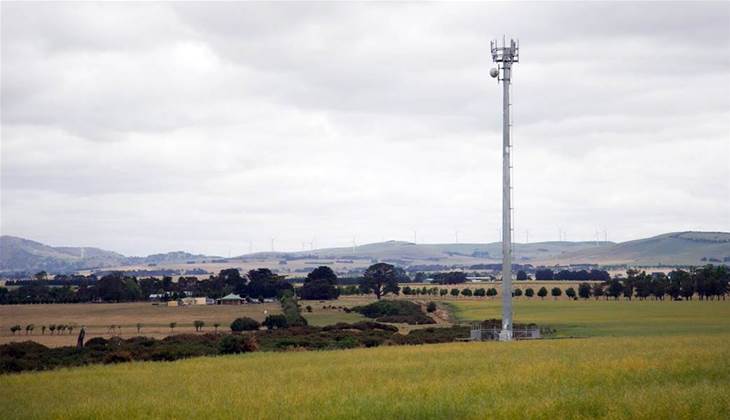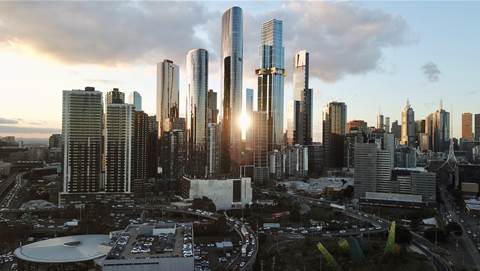The government has lent “in principle” support to the idea of traffic management on the NBN fixed wireless network, but will leave the final call to NBN Co.

The support comes as part of the government’s formal response [pdf] to the second joint NBN committee report on the rollout of the NBN in rural and regional areas.
The response appears to have gone largely unnoticed since the Department of Communications filed it a week ago.
The government offered outright support on just one of the 20 recommendations of the committee, and “in principle” support on 11 other recommendations.
“In principle” support was given “on the basis that work is underway or processes already exist”, it said, suggesting it - or NBN Co - would not deviate from their existing course or make any policy shifts as a result of the committee’s work.
Much of the “in principle support” is lent on the basis of impending changes to NBN Co’s offerings, including shifting fixed wireless to a ‘best effort’ service and deploying traffic management on Sky Muster.
The committee had sought similar traffic management on the fixed wireless network, which has suffered well-documented congestion issues that will cost hundreds of millions of dollars to fix.
That would involve NBN Co moving beyond its layer 2 remit for a second time, but the government indicated it would not stand in the way.
NBN Co, the government advised, is already “considering all available options to improve consumer experience and address congestion” on fixed wireless.
“In addition to the fixed wireless upgrades currently underway and planned, the company is also considering longer term plans to improve fixed wireless customer experience during busy hours,” it said.
“These options include traffic management (which would require Layer 3 capabilities) and a more effective Fair Use Policy.
“NBN Co has indicated that detailed consideration of all the options, including comprehensive liaison with broadband retailers, would be required prior to such a service being implemented.”
However, the government declined to back more controversial recommendations the committee made.
One of these proposals was for NBN Co to perform “an assessment of premises mapped for satellite that are adjacent to fixed wireless services and report [back] on how many premises allocated to satellite are capable of receiving a fixed wireless service at a level that meets the statement of expectations.”
This could have provided people allocated Sky Muster, but within some sort of range of a fixed wireless tower, to move onto a service capable of higher speeds and less dropouts.
But the government backed NBN Co’s existing planning processes and tools, arguing there had to be reasons why access technology allocations were made.
“It is important to note that fixed wireless coverage areas were designed to serve a set number of premises ensuring there is sufficient capacity per user,” the government said.
“It may not be optimal to add premises which were not included in the original design estimates.
“If a premises could be served by fixed wireless this should have been identified in the design phase; it is generally not an option to switch services from satellite areas to fixed wireless without further funding or investment.
“However, where there are provisions to conduct additional analysis if fixed wireless coverage may be a possibility, it is preferable for this analysis to take place before a satellite service is installed to reduce the cost.”
Likewise, the government resisted calls by the committee to limit new sign-ups to fixed wireless cells that were already known to be congested.
“NBN Co advises that a policy to limit the addition of new customers to the fixed wireless network when cells are congested is something the company considered but did not progress given the potential to negatively impact consumers without access to alternative broadband services,” the government said.
“The company has instead focused on improving service capacity to ensure it can provide quality services to consumers.”
Additionally, the government rejected making any changes to the regional broadband scheme levy - colloquially known as the broadband tax - which has been stuck in parliament for several years.
The levy is intended to pay for future upgrades to the fixed wireless and satellite portions of the network, though has faced repeated questions on just how much it will avoid future calls on the budget.
Repeating lines given at recent Senate hearings, the government simply sought for the levy laws to be passed without change, ensuring the stalemate will continue.


















.png&h=141&w=208&c=1&s=1)

